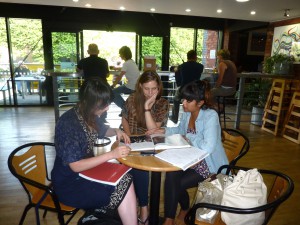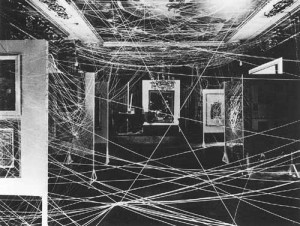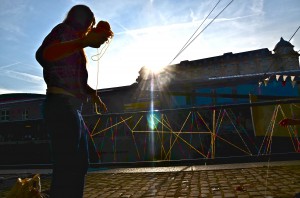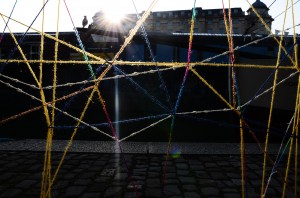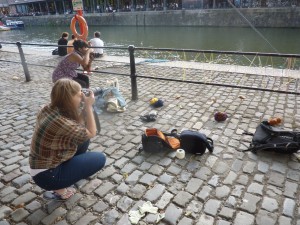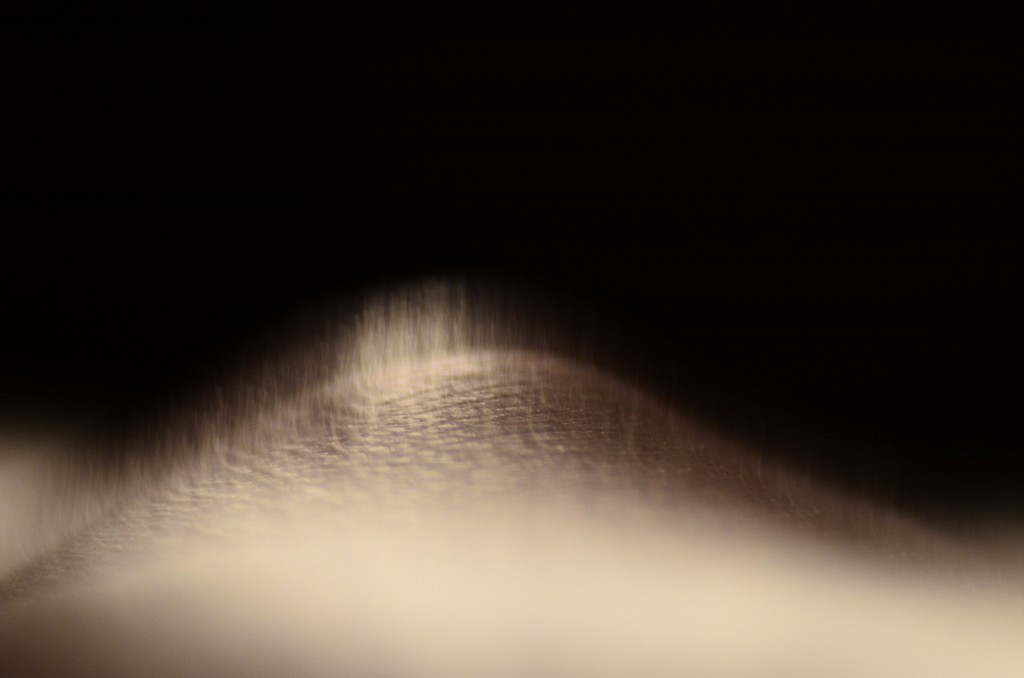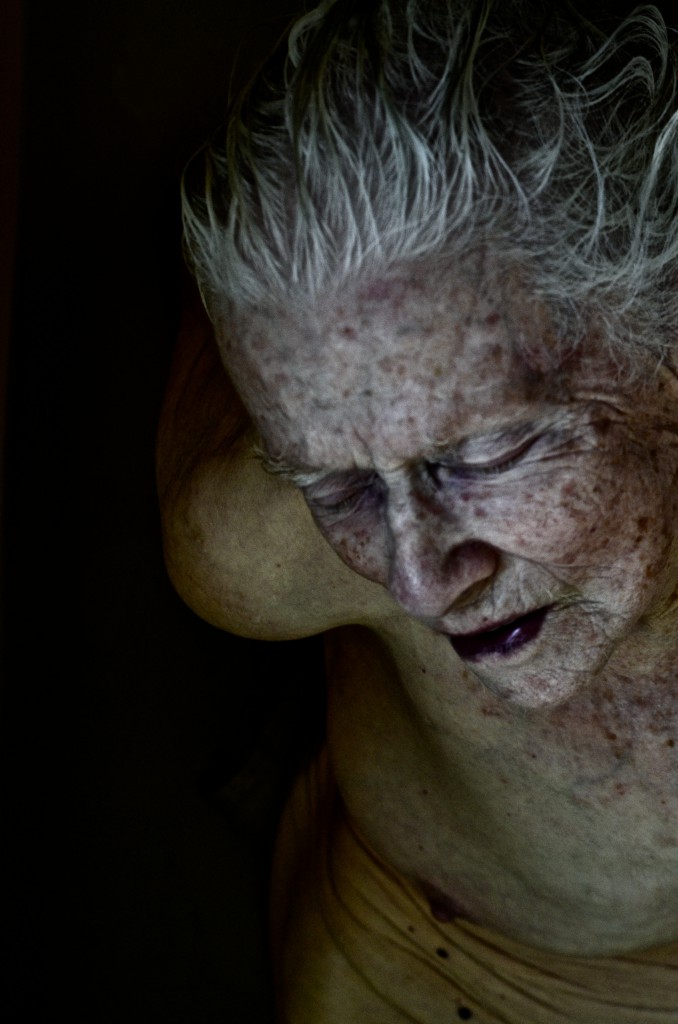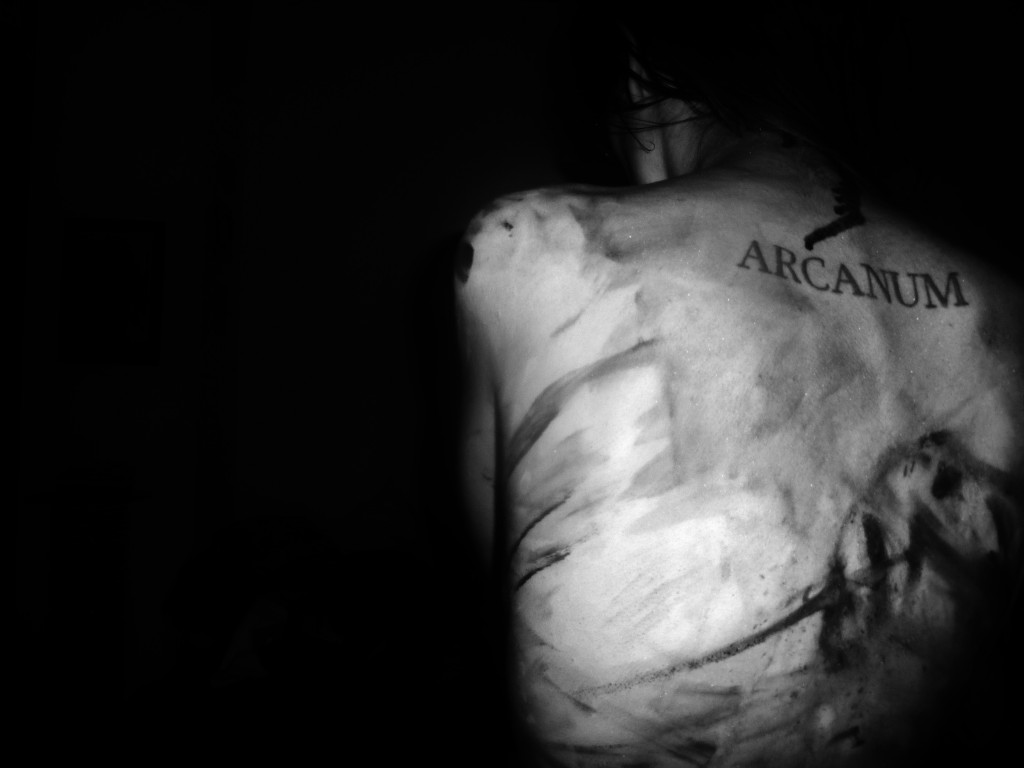As I have chosen film/video as the skill I want to develop I am now looking into how I can now get some more experience and insight in this field.
As a part of the Gold Arts Award we are asked to shadow or have work experience with a practitioner who is involved in film or television. Ideally I would like to learn about directing and what is involved. However I am also completely open to the possibility of just being around the filming situation so as to gauge what is going on, what equipment is used, how many people need to be involved and so on.
So far I am thinking about approaching Afrika Eye Film Festival for my work experience/ shadowing but will also research into whether there are production companies in Bristol that I could contact also.
I am hoping to interview Mark Kidel, this is not definite yet but it would be so ideal as I find all his work really engaging and it addresses two of my main interests: Music and Art. This would be a great opportunity to learn more about the process of filming and interviewing. .
Mark Kidel Profile from Calliopemedia :
“Mark Kidel is a film-maker and writer specialising in the arts and music, working mainly in the UK and France. He has been making films since the early 1970’s. He has written widely about music in a number of national dailies and weeklies.
Mark Kidel grew up and was educated in France, Austria, the UK and the USA. He then settled in the UK, where he started working as a film-maker and programme-maker at the BBC. Early successes (which are still occasionally broadcast) include “So You Wanna Be a Rock’n’Roll Star” (1975), a ground-breaking feature-length fly-on-the-wall chronicle of Southend Band The Kursaal Flyers, as they tried to break in to the big time, and a film sometimes thought to have inspired “Spinal Tap” and “Rod The Mod Has Come of Age” (1976), also feature-length, a ruthless and hilarious account of Rod Stewart in promotional mode, which has become something of a classic.
In the 1970’s Kidel also campaigned for broadcast TV’s support of struggling video artists, and commissioned new work from Peter Donebauer and David Hall. As Editor of the new BBC-2 arts programme ARENA (of which he was one of the founding producers) in 1976, he was responsible for programming the first compilation of video art on British television.
In 1976, Mark Kidel moved to Devon to take up a job with the Dartington Hall Trust. He also concentrated more on writing, mostly about rock music. He was the first rock critic of the New Statesman, a regular rock columnist in the Listener and wrote profiles of musicians for the Sunday Colour Supplements. In the early 1980’s he was a part-time lecturer in the Music Department of Dartington College of Arts as well as director of the Dartington Conference, which explored cutting-edge connections between the arts and sciences.
While in Devon, Mark Kidel co-edited (with Susan Rowe-Leete) “The Meaning of Illness” (RKP, London 1995), a series of essays on the relationship between psyche and soma ; “Learning by Doing” (Green Books, Hartland), a survey of Dartington’s experiments in education outside the classroom or lecture hall, and “Dartington” (Webb & Bower, Exeter 1993)
In the late 1970’s, early 1980’s and again in the 1990’s, Mark Kidel was a member of the Film Committee of the Arts Council.
During his time at Dartington, Mark Kidel started working with James Hillman, the psychologist and writer. A weekend seminar on “Animals in Myth, Dreams and Fairy Tales” led to the making a number of films in collaboration with Susan Rowe-Leete and James Hillman including the award-winning “Kind of Blue” a film essay on melancholia, “The Heart has Reasons” a film about the symbolism of the heart and heart disease and “The Architecture of the Imagination” , a ground-breaking series of five films about architecture and symbolism.
In 1982 Mark Kidel collaborated with Peter Gabriel on the creation of a world music festival, an idea which grew into the world-famous WOMAD festivals. His interest in world music led to making a film about WOMAD for Channel Four in 1987, and a subsequent series of films about African and other world musics including a prize-winning portrait of the Indian musician Ravi Shankar. Other notable musical films included “New York the Secret African City for the BBC’s ARENA strand – a film with the Yale Africanist Robert Farris Thompson, and “Le Paris Black” also for ARENA, an exploration of Paris’s 20th century romance wth all things African and African-American.
From 1987, and on leaving Dartington, Mark Kidel took up full time film-making again. He renewed his contacts with France, and was joint commissioning editor for the first day of broadcasts of LA SEPT (later ARTE France) on France’s FR3 channel. A significant proportion of Mark’s films are produced in France and not broadcast in the UK – notable the feature length film essay around the closure of the Hopital Laennec in Paris, “Les hopitaux meurent aussi” (A Hospital Remembers).
Since 1988, he has worked as a documentary, arts and music consultant to Channel Four, United, and BBC Wales, as well as producing and directing many films in the UK and France (see Mark Kidel Films). He worked closely with Third Eye Productions and Rosetta Films in London, Les Films d’ici and Agat et Cie in Paris. In 2002, he set up Calliope Media as a vehicle for his own productions but continues to work with other producers in the UK and the rest of Europe.
Since 1989 Mark Kidel has been based in Bristol, where he lives with his wife and occasional collaborator Susan Rowe-Leete, his son Sam and his daughter Anna.”
